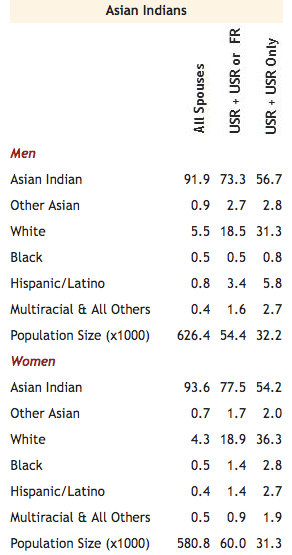A Cracked article compiled their candidates for the Nine Most Racist Disney Characters. Select stolen clips and liberal quoting below:
American Indians in Peter Pan:
Why do Native Americans ask you “how?” According to the song, it’s because the Native American always thirsts for knowledge. OK, that’s not so bad, we guess. What gives the Native Americans their distinctive coloring? The song says a long time ago, a Native American blushed red when he kissed a girl, and, as science dictates, it’s been part of their race’s genetic make up since. You see, there had to be some kind of event to change their skin from the normal, human color of “white.”
The bad guys in Alladin:
“Where they cut off your ear if they don’t like your face” is the offending line, which was changed on the DVD to the much less provocative “Where it’s flat and immense and the heat is intense.”
In a city full of Arabic men and women, where the hell does a midwestern-accented, white piece of cornbread like Aladdin come from? Here he is next to the more, um, ethnic looking villain, Jafar.
NEW: Miguel (of El Forastero) sent in a post from El Blog Ausente that compares an image of Goofy, a character generally portrayed as sort of dumb and lazy, to a traditional Sambo-type image:


The post suggests that Goofy is a racial archetype, built on stereotypical African American caricatures. I can’t remember ever seeing anything that suggested this, but that doesn’t mean much, and I certainly don’t put it past Disney to do so. Does anyone know of any other examples of Goofy supposedly being based on African American stereotypes? On the other hand, is it possible to depict a character eating watermelon in an exuberant manner without drawing on those racist images? When I look at the image of Goofy above, I have to say…that’s pretty much what it looks like when my (mostly White) family cuts a watermelon open out on the picnic table in the summer and everybody gets a piece and they all have ridiculous looks on their faces as they dribble juice all down themselves eating big chunks (I say “they” because I’m a weirdo who doesn’t really care for watermelon, so I rarely eat any, and even then only if I can put salt on it). I’m fairly certain that I couldn’t put up a photo of my family eating watermelon like that without it seeming, to many people, to draw on the Sambo-type imagery. It brings up some interesting thoughts about cultural and historical contexts, and how and in what circumstances you can (or can’t) escape them, regardless of your intent.
Lisa Wade, PhD is an Associate Professor at Tulane University. She is the author of American Hookup, a book about college sexual culture; a textbook about gender; and a forthcoming introductory text: Terrible Magnificent Sociology. You can follow her on Twitter and Instagram.















